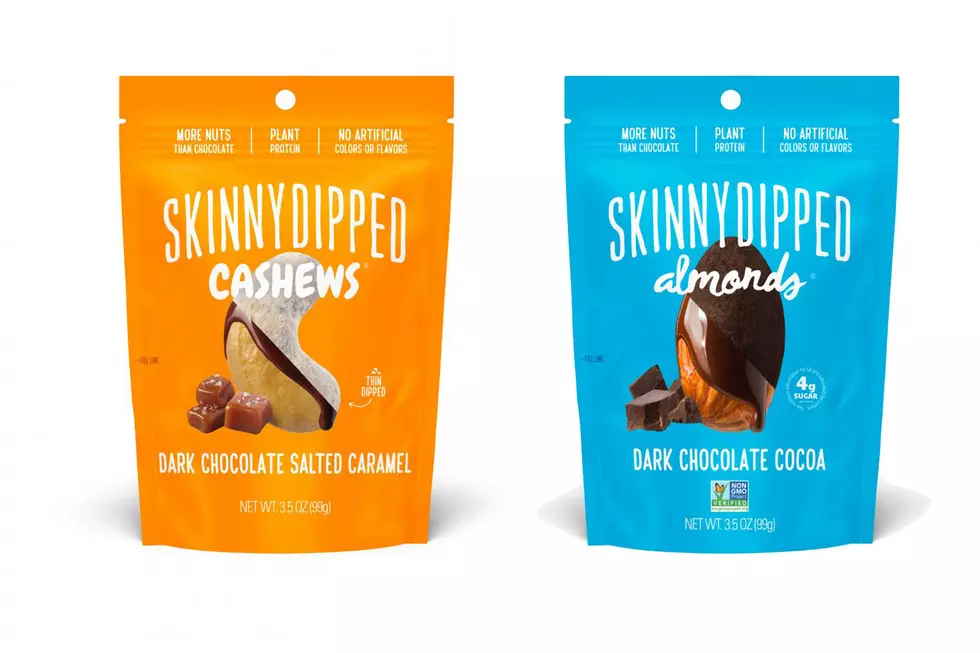
Glass Baking Pans Shatter More Frequently Than In The Past
It's happened to me. A couple of years ago, I took food out of my oven that I had baked in a glass pan, set it on a dry cutting board with a hot pad underneath it, and then watched in horror as it shattered into a million pieces of hot flying glass. It sounded like a gun went off. The hot glass melted into my floor. My insurance company was not amused.
Apparently I'm not alone.
There is a rising number of cases such as mine that have the Consumer Product Safety Commission investigating these pans - made and sold primarly by two companies in the United States: Pyrex and Anchor Hocking.
At the advocacy agency ConsumerAffairs.com, which posts reviews about popular goods and services, the two top brands of glass cookware in the U.S. -- Pyrex and Anchor Hocking -- have drawn nearly 1,600 reports combined, mostly accounts of unexpected breakage, since the site began in 1998.
“This is without a doubt the highest number of complaints about a single type of cookware or kitchen accessory,” said Jim Hood, founder and editor of the site, which has been reporting on the problem since 2005.
The manufactures insist that consumers simply aren't following their instructions.
Perhaps the root of the problem is that today's glass baking dishes aren't made with the same type of material that they were once upon a time.
There’s no question that the glass pans made in the U.S. today are not your grandmother’s Pyrex.
The original Corning Inc. pans, invented in 1915, were made from a particularly strong material, borosilicate glass. Virtually all glass bakeware sold in the U.S. since the 1980s is now made of a different material, soda lime silicate glass, said Daniel Collins, a Corning spokesman.
No matter what the cause, consumers need to be aware of the potential dangers that they might encounter with these kitchen utensils.
More From KOOL 101.7









